Roman Amphitheater at Kom al-Dikka
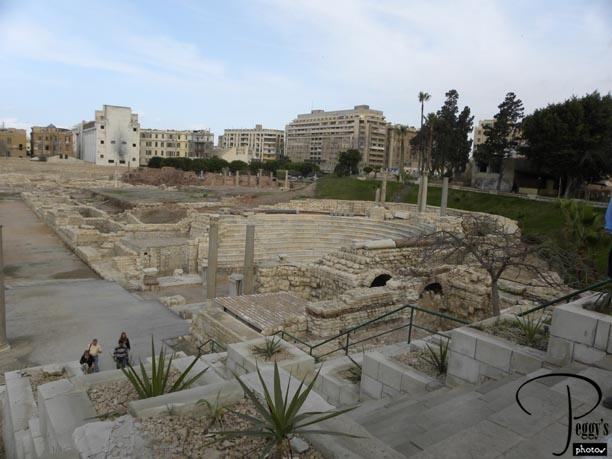
The Roman Amphitheater at Kom al–Dikka was built in the 2nd century AD. It was discovered under a Naploenic fort. Photo: To the right of the steps that we walked down.

Roman Amphitheater at Kom al-Dikka
Roman Amphitheater at Kom al-Dikka
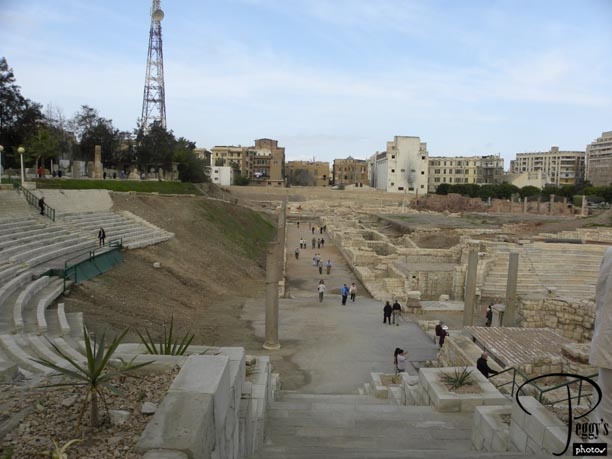
Photo: To the left of the stairs that we walked down.

Roman Amphitheater at Kom al-Dikka
Roman Amphitheater at Kom al-Dikka
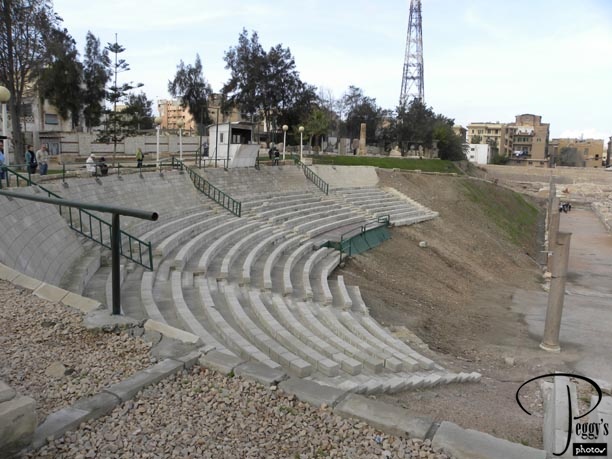
Closer–up of the part of the amphitheater to the left.

Roman Amphitheater at Kom al-Dikka
Roman Amphitheater at Kom al-Dikka
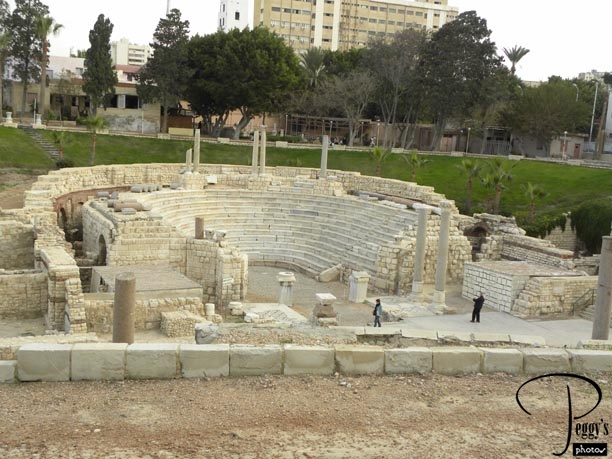
Closer–up of the part of the amphitheater to the right.

Roman Amphitheater at Kom al-Dikka
Roman Amphitheater at Kom al-Dikka
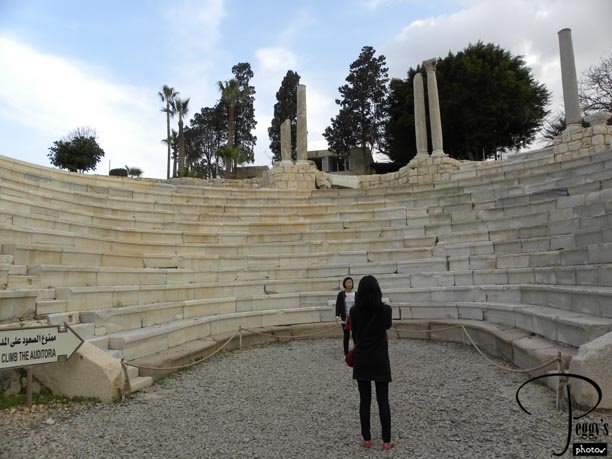
Look where the girl facing us is standing. If she was turned around, she would be in the perfect position to be having her voice naturally amplified, due to the acoustics generated by the shape of the amphitheater.

Roman Amphitheater at Kom al-Dikka
Roman Amphitheater at Kom al-Dikka
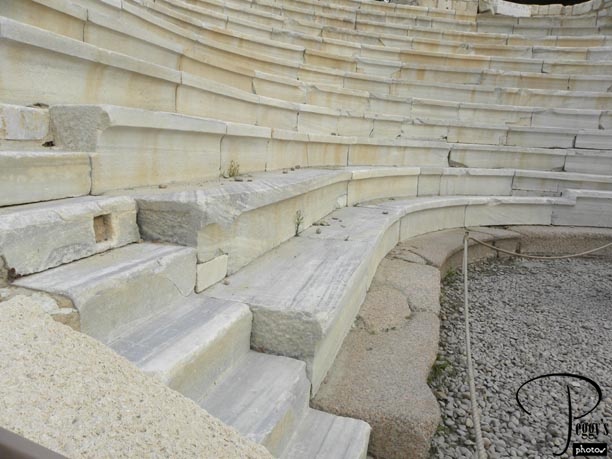
Close–up of the marble steps and tiers––they are amazingly well–preserved.

Roman Amphitheater at Kom al-Dikka
Roman Amphitheater at Kom al-Dikka
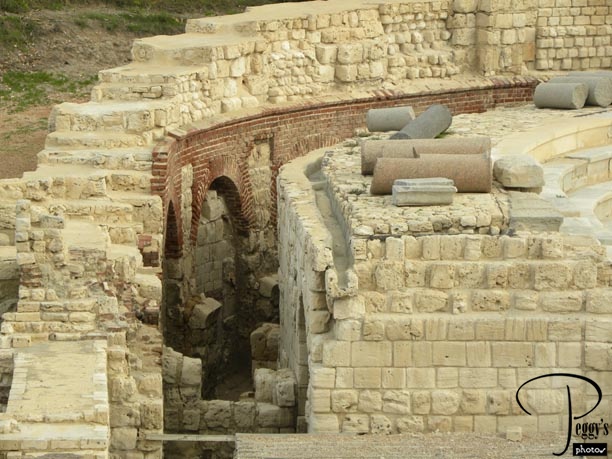
The backstage.

Roman Amphitheater at Kom al-Dikka
Roman Amphitheater at Kom al-Dikka
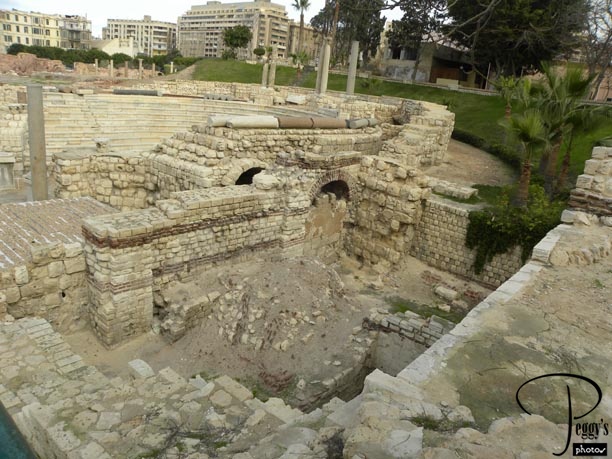
The brick areas make up a Roman bathing complex having a series of basins and channels. There was a heating system to heat the water for the marble baths.

Roman Amphitheater at Kom al-Dikka
Roman Amphitheater at Kom al-Dikka
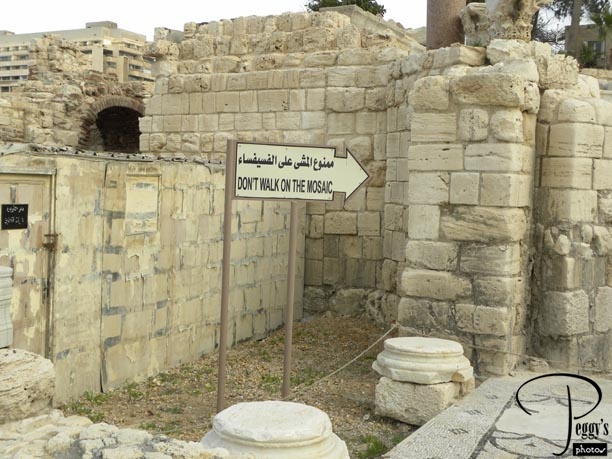
Original mosaic floor tiles were still here.

Roman Amphitheater at Kom al-Dikka
Roman Amphitheater at Kom al-Dikka
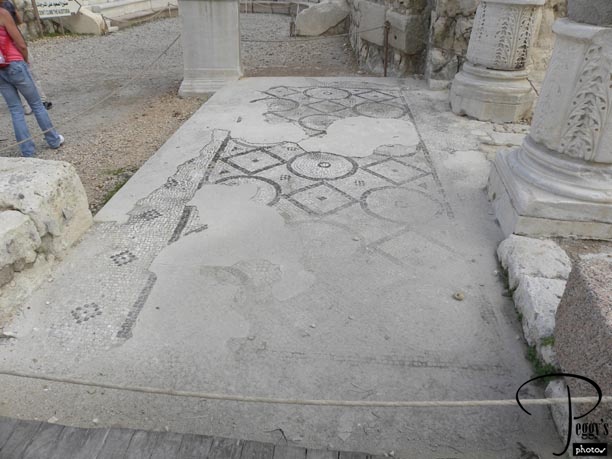
Mosaic tile floor.

Roman Amphitheater at Kom al-Dikka
Roman Amphitheater at Kom al-Dikka
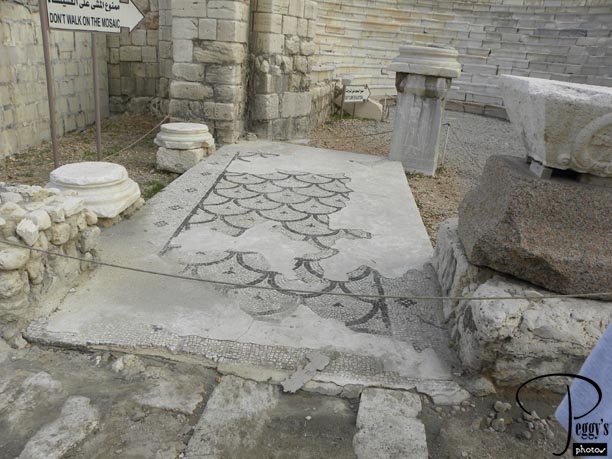
Another mosaic tile floor.

Roman Amphitheater at Kom al-Dikka
Roman Amphitheater at Kom al-Dikka
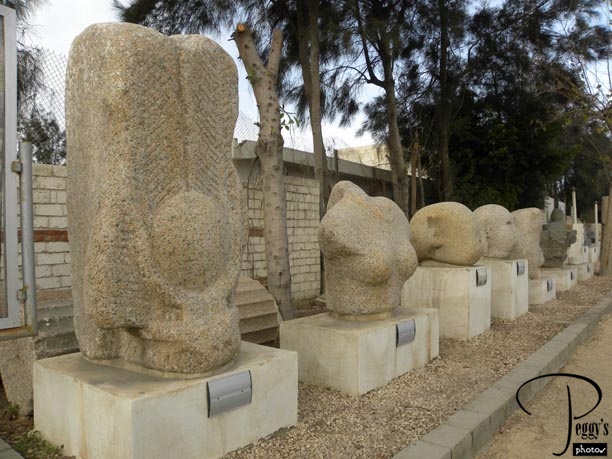
Not all of the artifacts here are from the Roman amphitheater––some of them were found underwater near Fort Qaitbey (see later).

Roman Amphitheater at Kom al-Dikka
Roman Amphitheater at Kom al-Dikka
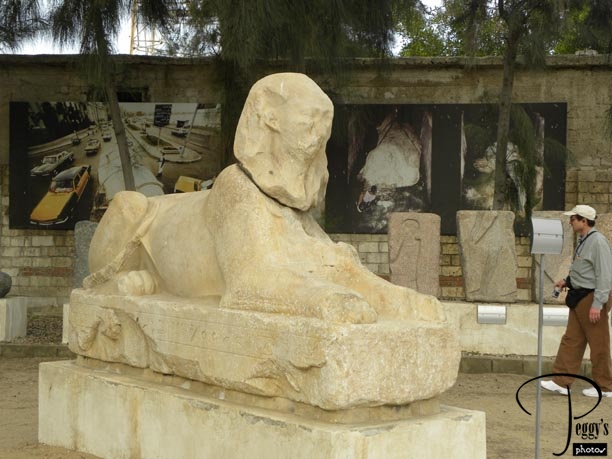
A sphinx.

Roman Amphitheater at Kom al-Dikka
Roman Amphitheater at Kom al-Dikka
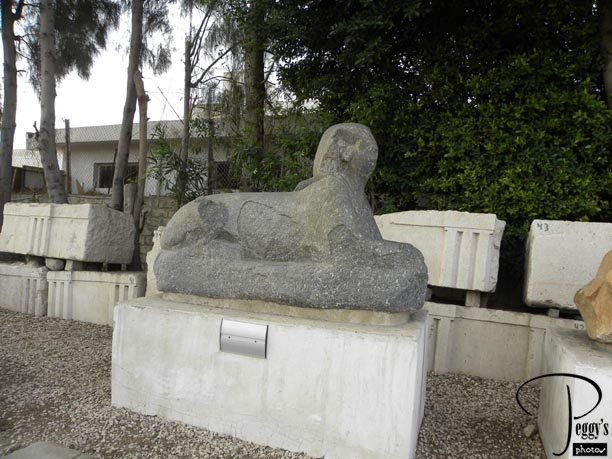
Another sphinx.

Roman Amphitheater at Kom al-Dikka
On the Way to the Corniche
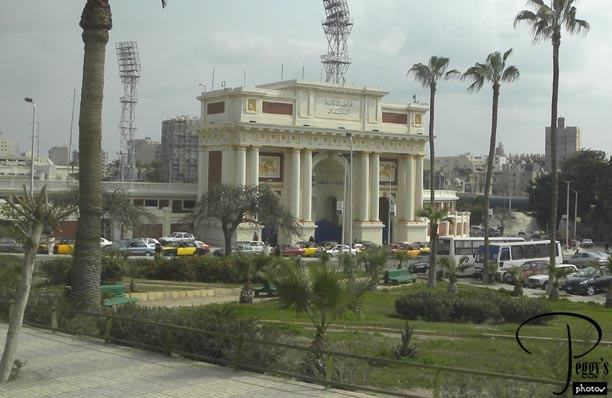
A soccer stadium seen on the way.

On the Way to the Corniche
On the Way to the Corniche
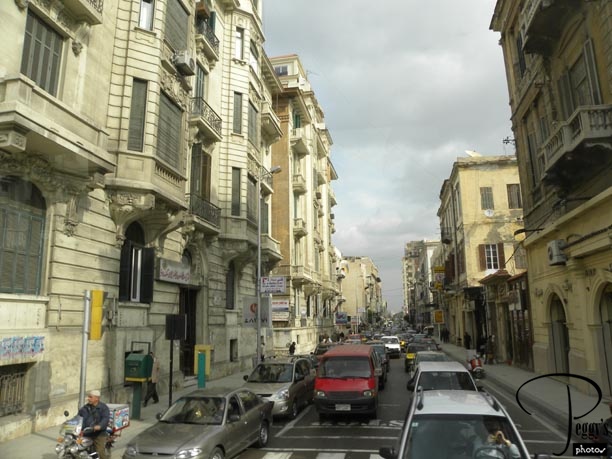
Buildings here are more European in style than Egyptian in style.

On the Way to the Corniche
On the Way to the Corniche
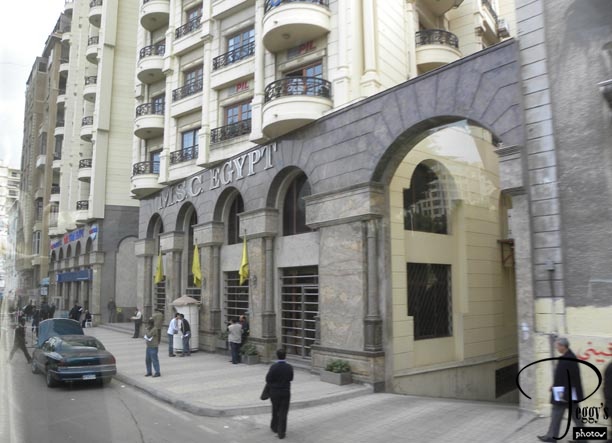
In a classier part of Alexandria.

On the Way to the Corniche
At the Corniche
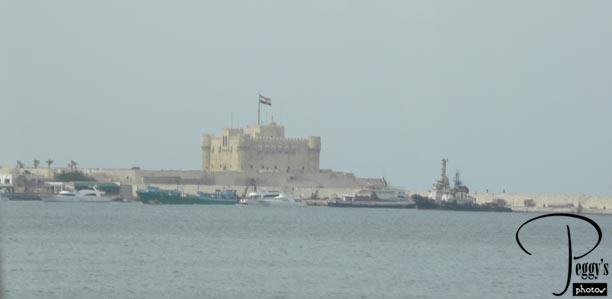
Fort Qaitbey, built in the 1480’s by the Sultan Qaitbey on the sight of the famous Lighthouse of Alexandria that was built about 280 BC and which was one of the Seven Wonders of the Ancient World (destroyed by an earthquake). Fort Qaitbey was built using stones from the lighthouse.

At the Corniche
The Corniche
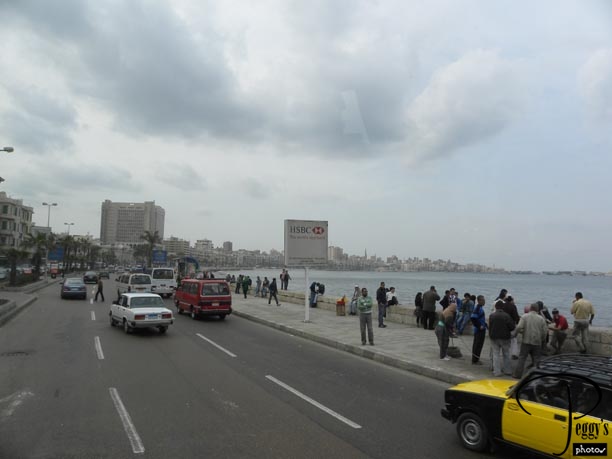
View of the waterfront––the water is the Mediterranean Sea.

The Corniche
The Corniche

A closer–up view.

The Corniche
The Corniche
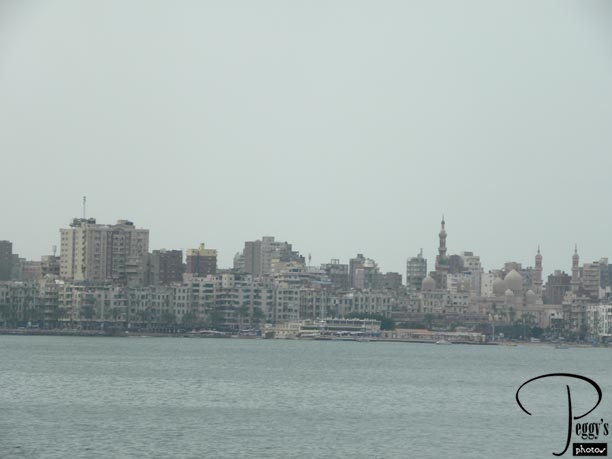
Even closer–up.

The Corniche
The Corniche
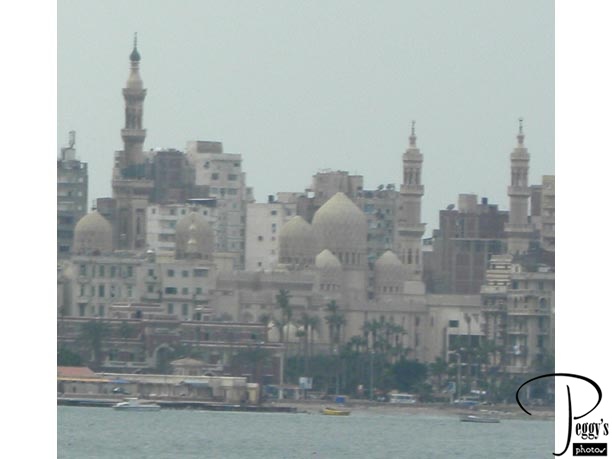
And even more closer–up.

The Corniche
The Corniche
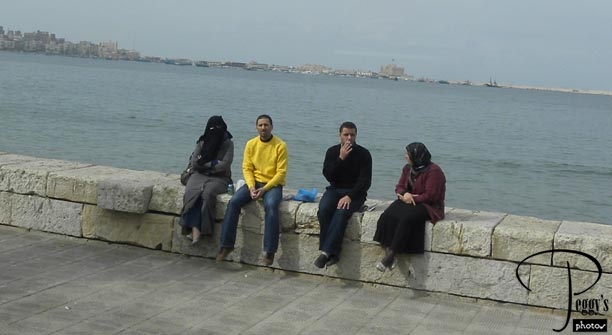
Couples on the Corniche.

The Corniche
The Corniche
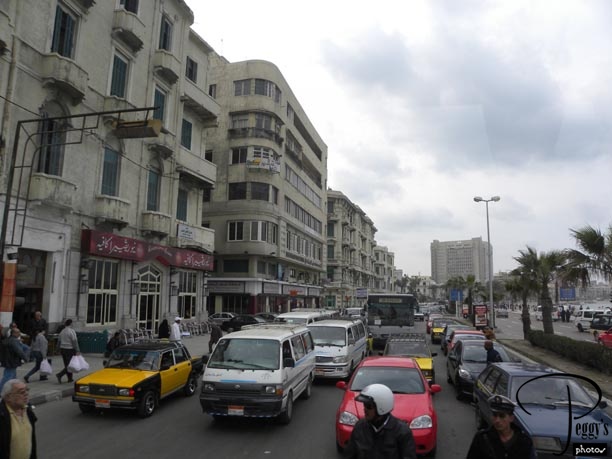
Could almost be an European street.

The Corniche
Lunch on the Corniche
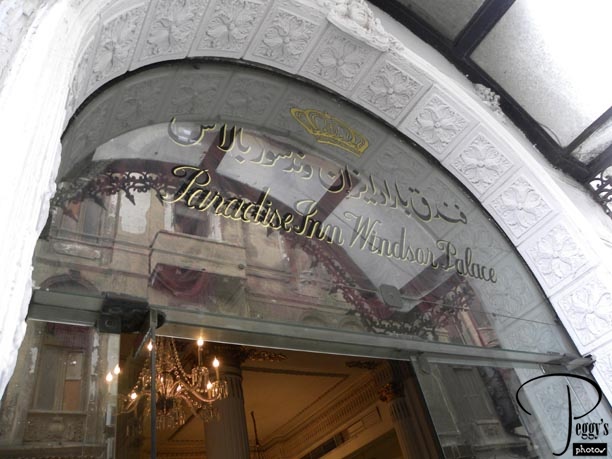
Lunch was included today. We ate at the Paradise Inn Windsor Palace.

Lunch on the Corniche
Lunch on the Corniche
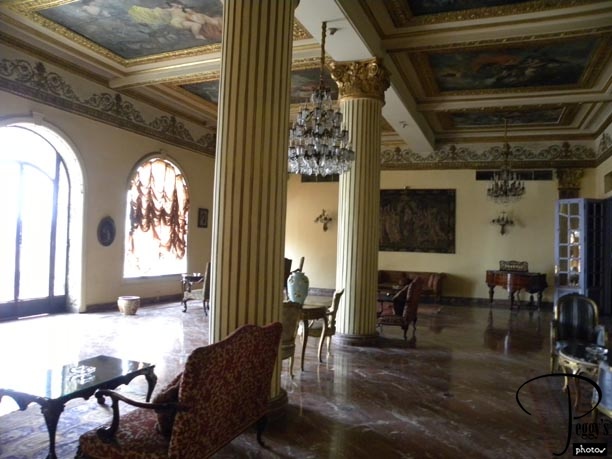
The lounge at the Windsor Palace––quite beautiful.

Lunch on the Corniche
Lunch on the Corniche
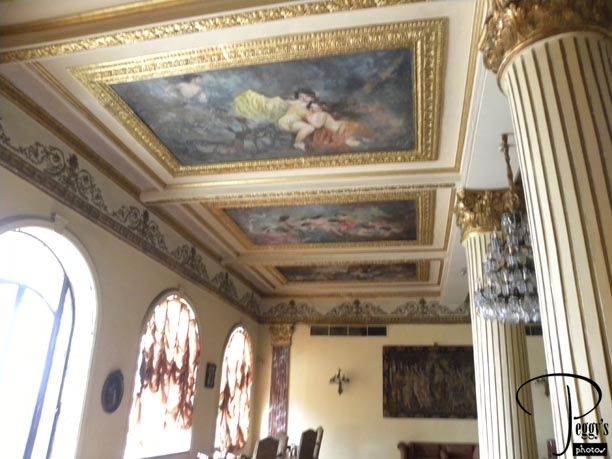
The ceiling at the Windsor Palace.

Lunch on the Corniche
Lunch on the Corniche
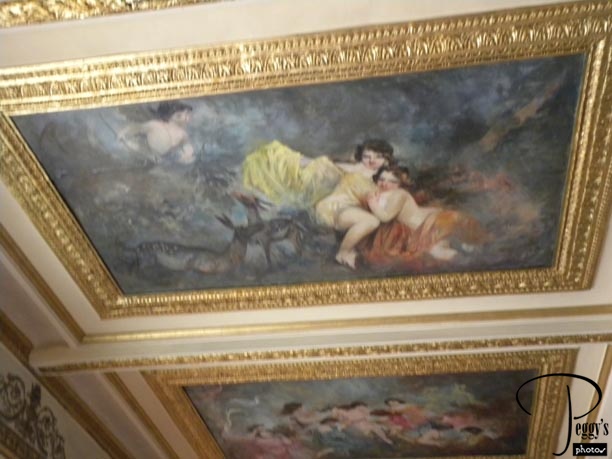
Closer–up view.

Lunch on the Corniche
Lunch on the Corniche
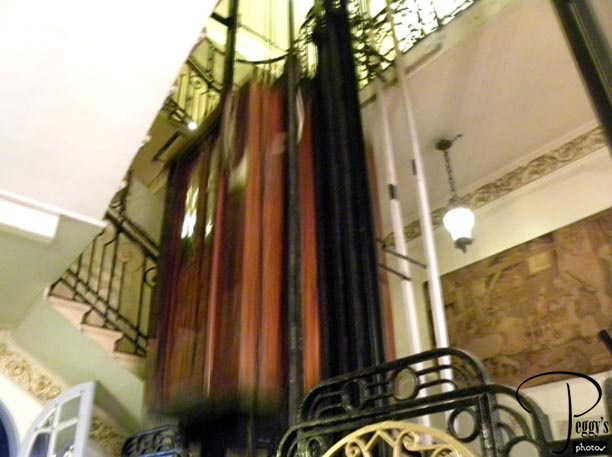
The restaurant was on the sixth floor. We took this old wooden elevator up to it.

Lunch on the Corniche
Lunch on the Corniche
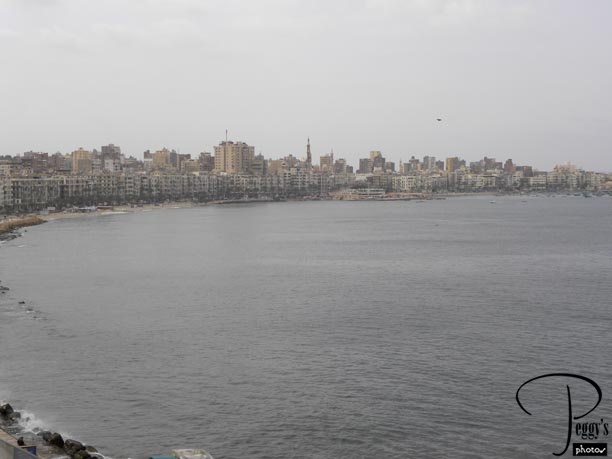
View of the waterfront from the sixth floor terrace.

Lunch on the Corniche
Lunch on the Corniche
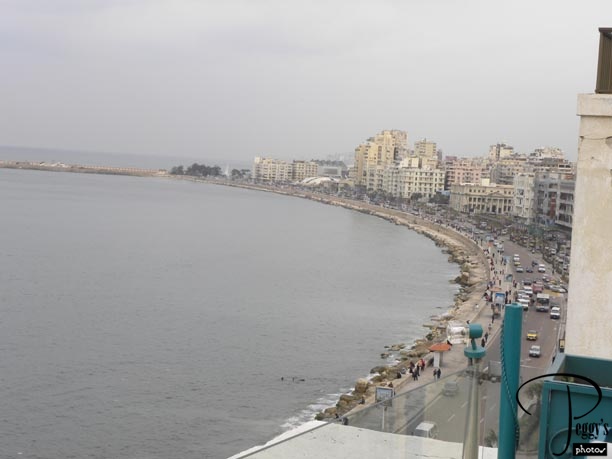
View to the right from the sixth floor terrace.

Lunch on the Corniche
Lunch on the Corniche
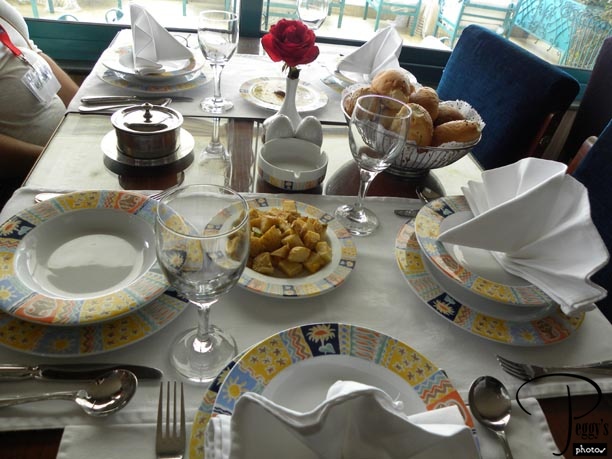
Part of our lunch. We had a very good dip, bread, a choice of fish, chicken, or beef (I had fish), and dessert––a very good meal. I sat with Burt, Lisa, and Amro. I asked Amro what he had heard about the protests today in Alexandria. He told me that he had heard nothing so far (which he later told me what not exactly true, but tourist ignorance is bliss, so I had no concerns about what was happening in Alexandria, which was Amro’s purpose in what he had told me).

Lunch on the Corniche
Islamic Women Clothing Seen on Our Drive
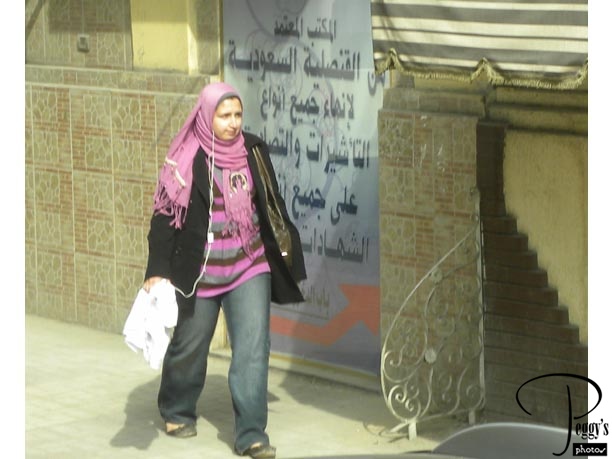
Jeans are in style in Alexandria.

Islamic Women Clothing Seen on Our Drive
Islamic Women Clothing Seen on Our Drive

Bright colors.

Islamic Women Clothing Seen on Our Drive
Islamic Women Clothing Seen on Our Drive
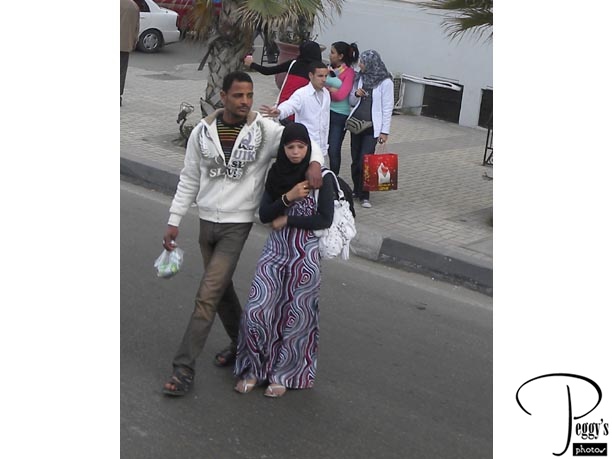
You don’t often see pants like the girl has on and you don’t often see any public display of affection.

Islamic Women Clothing Seen on Our Drive
Islamic Women Clothing Seen on Our Drive
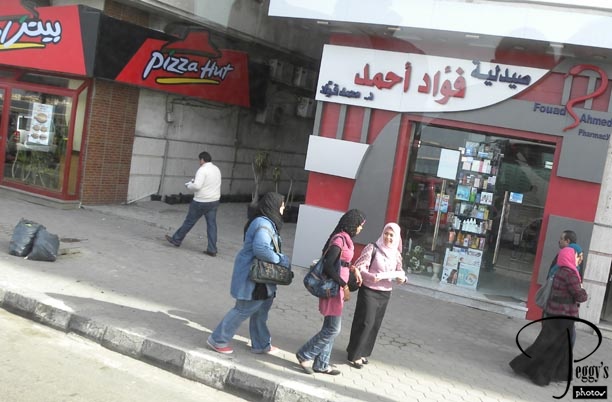
Young girls, more jeans, and Pizza Hut.

Islamic Women Clothing Seen on Our Drive
Islamic Women Clothing Seen on Our Drive
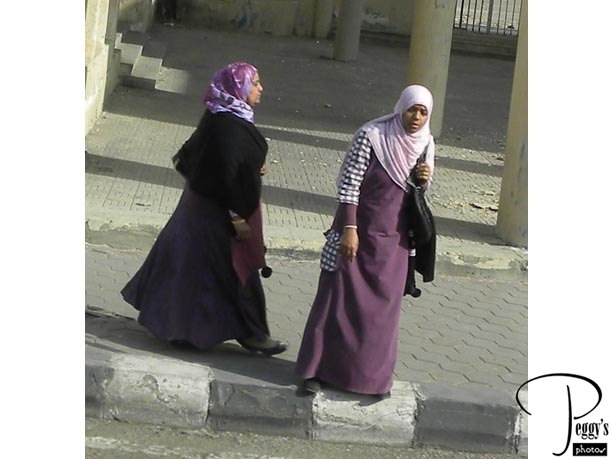
More traditional dress.

Islamic Women Clothing Seen on Our Drive
Islamic Women Clothing Seen on Our Drive
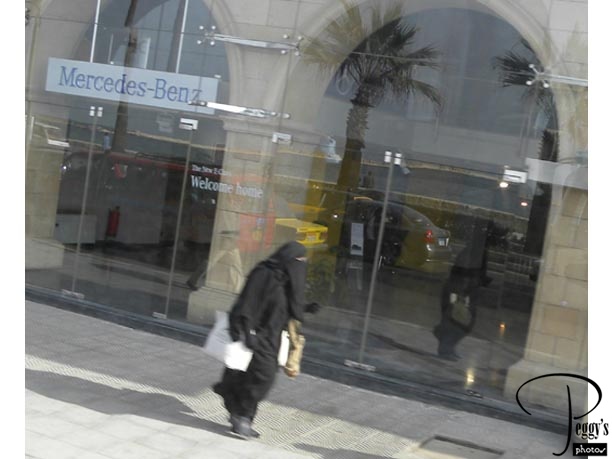
In front of the Mercedes–Benz showroom, a woman wearing all black, a face veil, and gloves. I was told that women who wear this type of clothing are very pious.

Islamic Women Clothing Seen on Our Drive
Islamic Women Clothing Seen on Our Drive
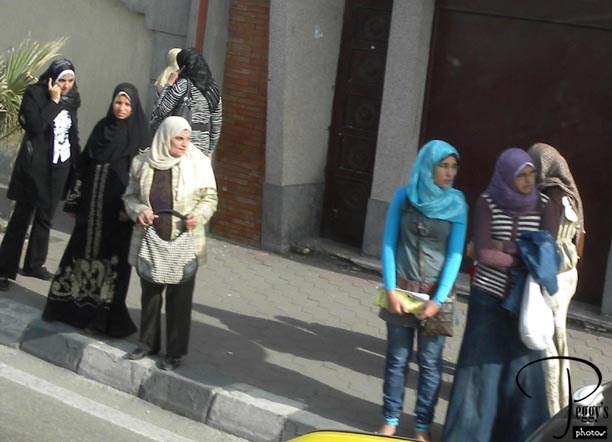
A mixture of clothing styles.

Islamic Women Clothing Seen on Our Drive
Midan Saad Zaghloul Square
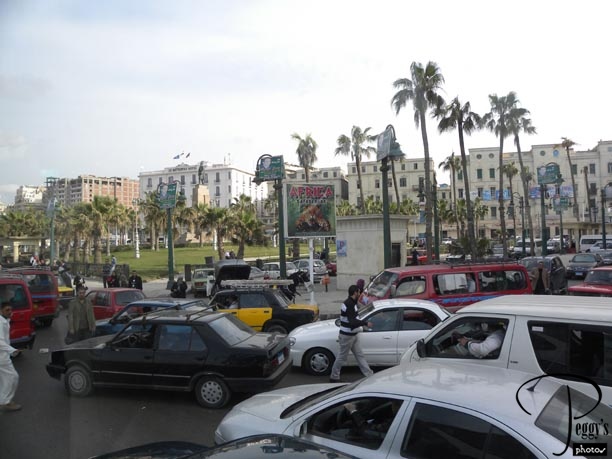
One of the main squares in Alexandria. On the way to this square, we passed by a very long line of riot tanks and policemen in riot gear. Amro told us not to take photos of them. Most of these riot policemen looked like they were still in their teens. Amro said that if a young man does not graduate from high school he is drafted into the army at age 15. However, since the army doesn’t particulary want them, they are loaned out to the police.

Midan Saad Zaghloul Square
Midan Saad Zaghloul Square
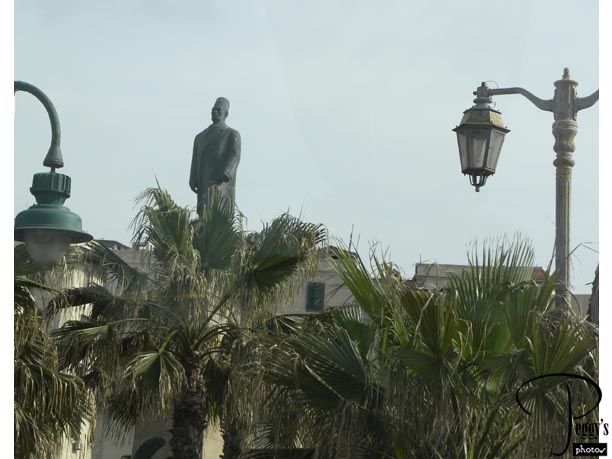
A statue of the Egyptian nationalist leader Midan Saad Zaghloul (1860–1927).

Midan Saad Zaghloul Square
Midan Saad Zaghloul Square
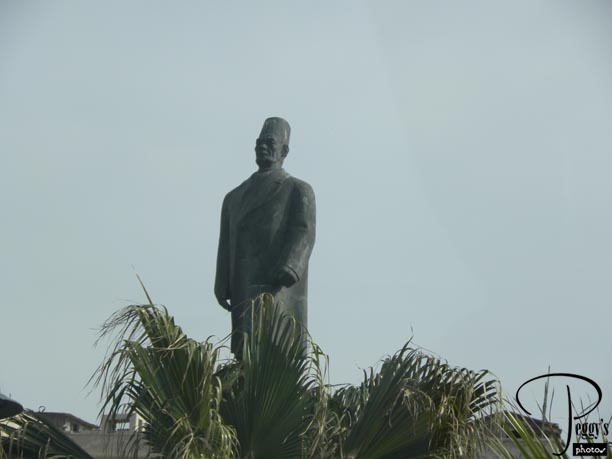
Close–up of the statue.

Midan Saad Zaghloul Square
Midan Saad Zaghloul Square
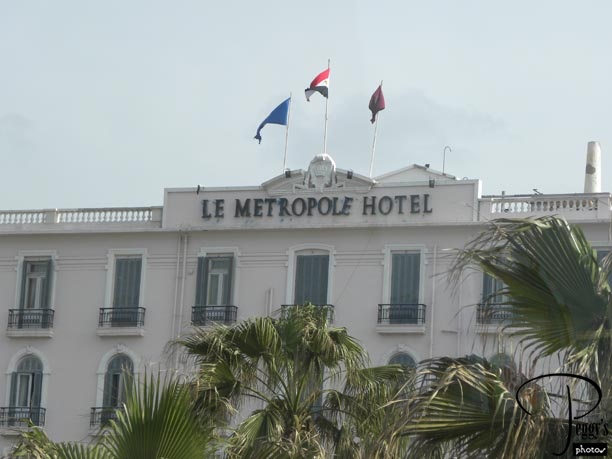
Le Metropole Hotel. You can stay in luxury in many hotels in Alexandria, as well as in Cairo and Luxor.

Midan Saad Zaghloul Square
Midan Saad Zaghloul Square
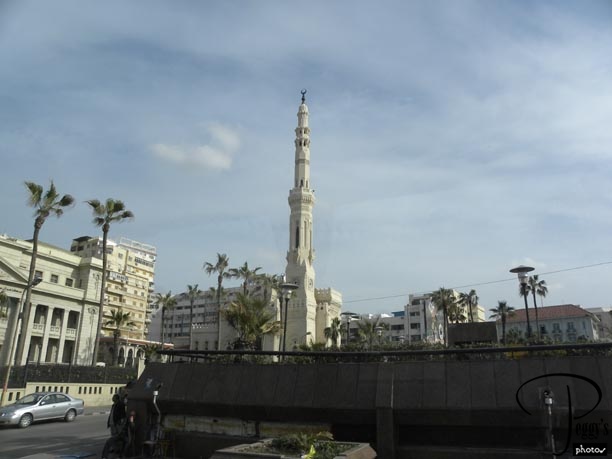
A mosque in the square.

Midan Saad Zaghloul Square
Bibliotheca Alexandrina
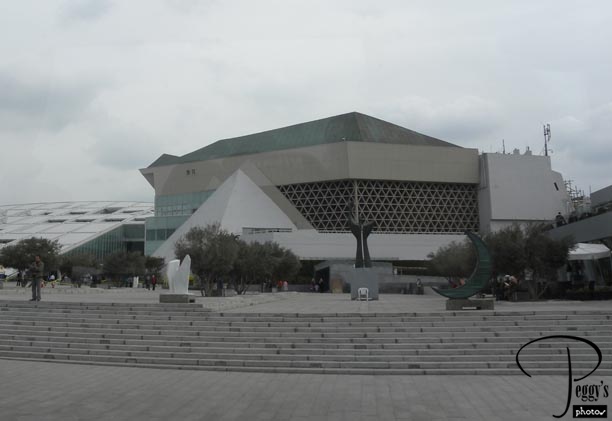
Our last stop in Alexandria: the Bibliotheca Alexandrina. The first Bibliotheca Alexandrina was founded in the 3rd century BC. It was the greatest library in the ancient world, but was destroyed by fire. The new Bibliotheca Alexandrina, housed in the building in the photo, opened in 2002. It is a massive structure with a 2,000 seat reading room. The library is also digitalizing its collection. Its website is www.bibalex.org. To get to its digital library, go to www.bibalex.org/libraries. We were given a short tour of the library and looked at samples of its impressive web pages.

Bibliotheca Alexandrina
Bibliotheca Alexandrina
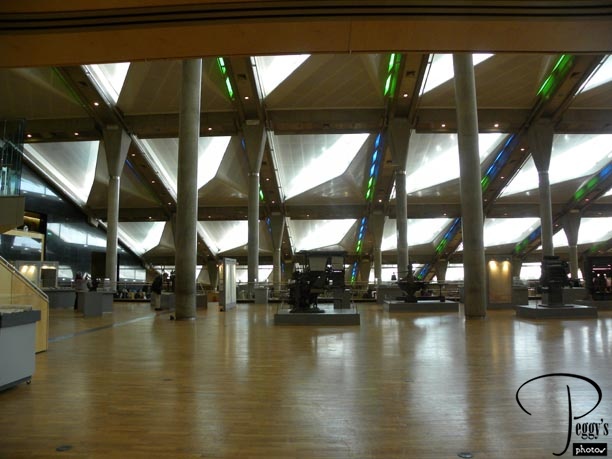
Part of the seven–tiered 2,000 seat reading room.

Bibliotheca Alexandrina
Bibliotheca Alexandrina
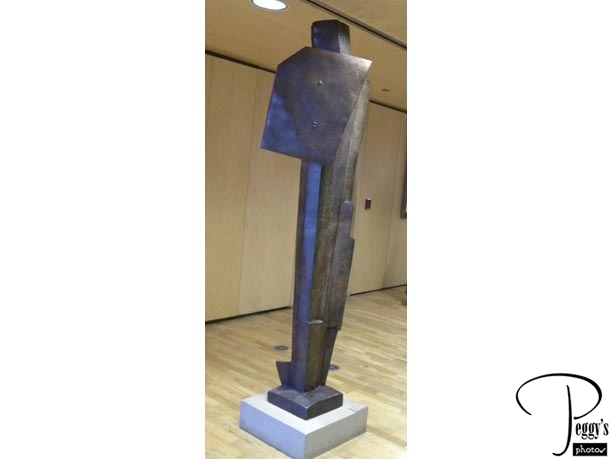
Our tour took us next to its museum rooms. An interesting modern sculpture here.

Bibliotheca Alexandrina
Bibliotheca Alexandrina
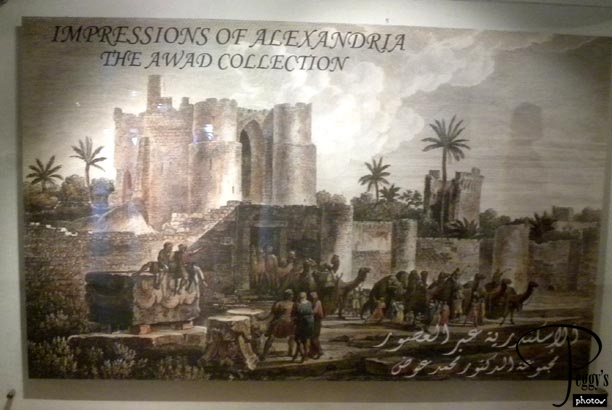
In some parts of the museum, we were not allowed to take photos; other parts, we could take photos with no flash; and in still other parts, we were allowed to take photos with flash. For this interesting collection, no photos were allowed. I took this photo before I was told I couldn’t take it.

Bibliotheca Alexandrina
Bibliotheca Alexandrina
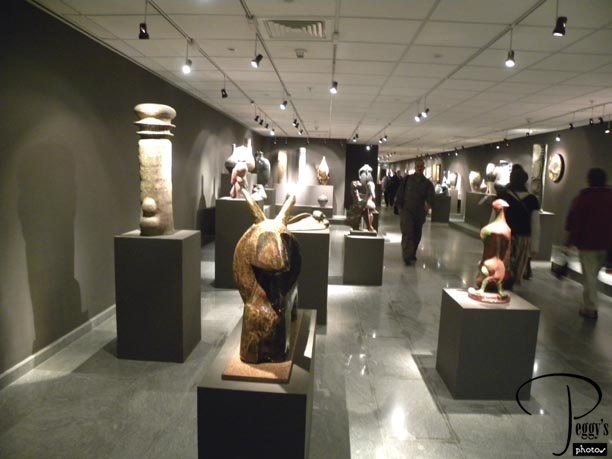
A very interesting sculpture exhibit––photos allowed (I can’t remember if this was a flash or no–flash area).

Bibliotheca Alexandrina
Bibliotheca Alexandrina
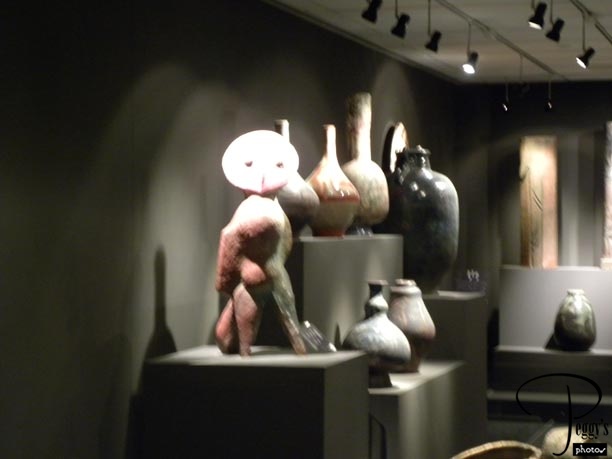
Another sculpture.

Bibliotheca Alexandrina
Bibliotheca Alexandrina
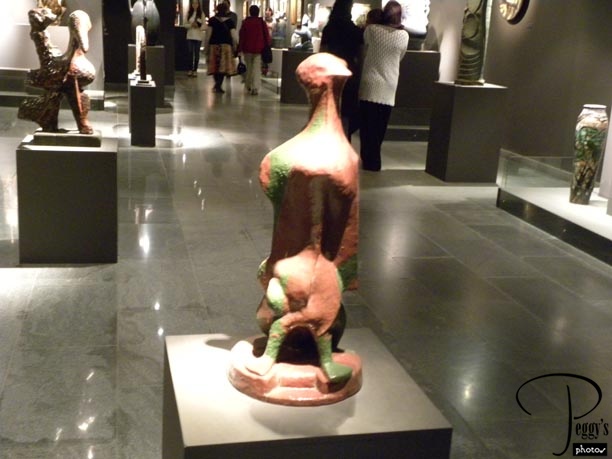
Another one.

Bibliotheca Alexandrina
Bibliotheca Alexandrina
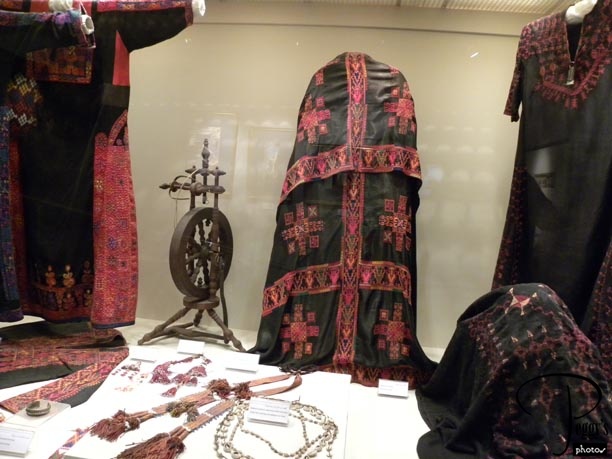
Clothing from the Sinai.

Bibliotheca Alexandrina
Bibliotheca Alexandrina

Head accessories and beads from the Sinai.

Bibliotheca Alexandrina
Bibliotheca Alexandrina
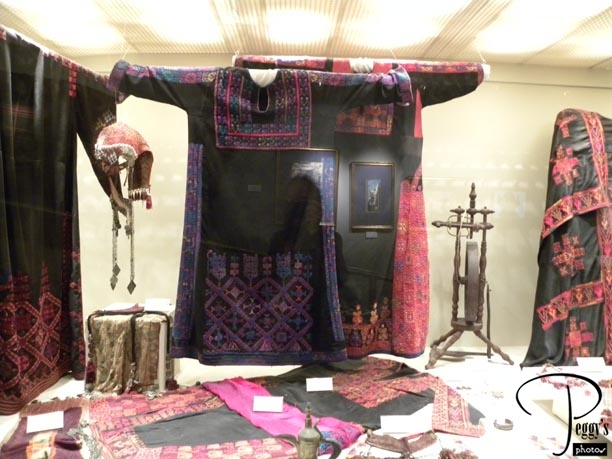
More clothing.

Bibliotheca Alexandrina
Bibliotheca Alexandrina
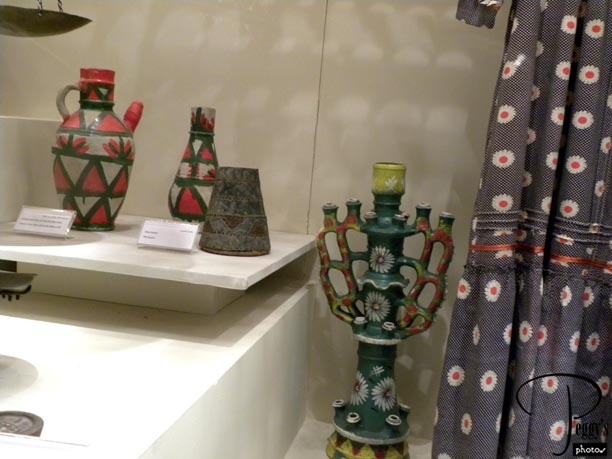
Interesting vases and pottery. The one on the right looks similar to ones you can buy in Mexico.

Bibliotheca Alexandrina
Bibliotheca Alexandrina
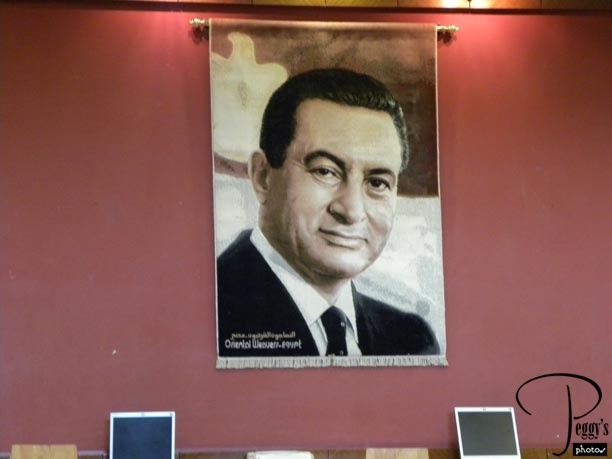
A portrait of Murabak hanging in the museum, which most likely is no longer hanging there.

Bibliotheca Alexandrina
Bibliotheca Alexandrina
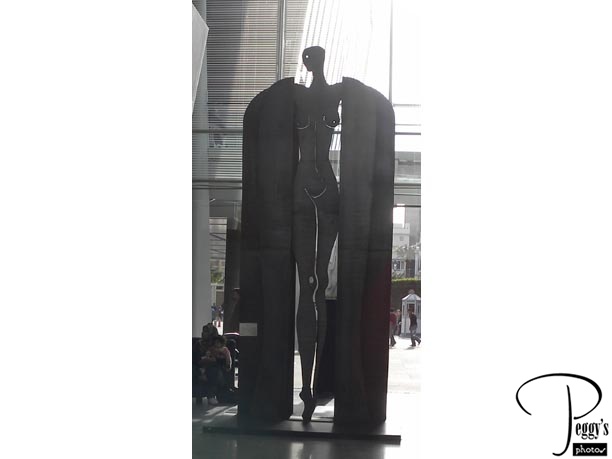
A very modern sculpture that I don’t think one would associate with Egypt.

Bibliotheca Alexandrina
Leaving Alexandria in a Hurry
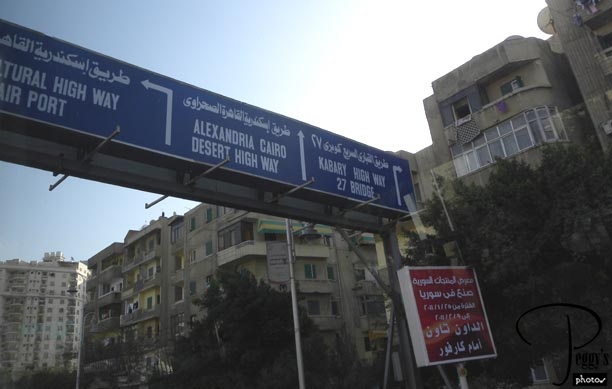
I was trying to figure out how to enter the reading rooms, but found myself in a different building and so had to go outside it to get back to where we were to meet in another building by the gift shop. I passed by Amro, who asked me to round up all of our tour group that I could find so that we could leave right away. I wasn’t surprised as I had started hearing sirens. I found eight of our group and sent them outside to Amro. I had to wait for the remaining two, but Amro signaled to me to come outside awhile later as the two had exited the museum the same way I did beforehand. Amro told me that he wasn’t entirely honest when he told me at lunch that he hadn’t heard anything about the day’s protests in Alexandria because he didn’t want to scare anyone. I told him that I wasn’t scared––hey, I’m from LA. I had lived through numerous major earthquakes, two LA riots, protests––some turning violent, and wildfires plus I was in London on the day of the subway/bus bombings. (Someone from LA told me later that I should have added drive–by shootings to the LA survivors’ list.) But Amro replied, “But Peggy what if our bus is surrounded?” I didn’t think of that one. I have read that the protests in Alexandria started elsewhere that day at 2 p.m., but they were starting to move to other areas in the city. We left Alexandria about 3 p.m.

Leaving Alexandria in a Hurry
On the Alexandria to Cairo Desert Highway

A major mode of transportation in Egypt are these vans in which people hitch rides. Many of the vans are not in as good shape as this one is. I’ve seen this in other foreign countries as well and I have also heard about them in New York City.

On the Alexandria to Cairo Desert Highway
On the Alexandria to Cairo Desert Highway
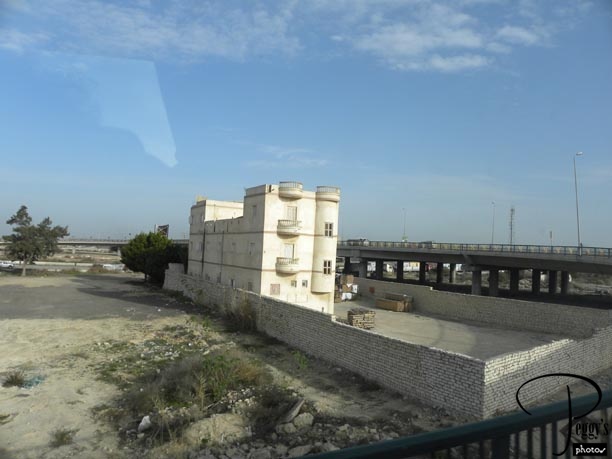
An odd place for a big house.

On the Alexandria to Cairo Desert Highway
On the Alexandria to Cairo Desert Highway

A very interesting backside of this truck: Mickey Mouse, etc. It soon became too dark to take any photos. We stopped about halfway on the way back to Cairo to have coffee and arrived in Cairo after 6 p.m.

On the Alexandria to Cairo Desert Highway
Saying Good-bye to Egypt
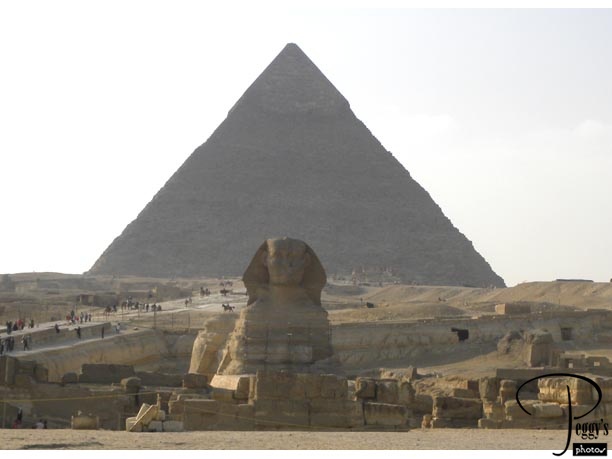
After arriving back to the hotel, I e–mailed home that all was okay and that I would be back home tomorrow. Then I ate dinner and packed. No real sleep tonight as part of the tour group remaining and I had to have our suitcases out of our rooms by 12:30 a.m. to leave for the airport at 1:15 a.m. While waiting for the appointed hour, I watched a Blues Brothers movie on TV––many Americans movies are shown on Egyptian TV, with Arabic subtitles. There was little traffic going to the airport and we arrived safely. But I was very glad that my flight was on the airport board as being on time and also very very glad when my flight took from the Cairo airport. I was never scared in Egypt because of the protests––we had Amro and our tourist policemen watching out for us––but I did have a level of concern about all that was happening.
I landed in Frankfurt and then flew directly to LA. My two seat mates were, by the window, an Iranian young man going to LA to attend college there and, in the middle, a wounded American Marine (he was hit by an IID in Afghanistan). He had much trouble moving and I was wondering if I should offer him my aisle seat so he would be more comfortable. However, he told me that he would often just conk out all of a sudden––which he did do. This would not work if we had to ask him to move each time we wanted to get out of our seats. The Iranian young man would be able to climb over the Marine but I don’t think I would have been able to. I wish our government would pay for an upgrade to business or first class for our wounded fighting men.
After we got back to Cairo, I saw Jere in the lounge. She was planning to run a marathon for charity in Luxor on Friday, which she said was still going to be held, even though there had been protests in Luxor. But she did make it out of Egypt after running the marathon. In her own words:
“I experienced significant delays (because of flight cancellations) as I attempted to depart both at Luxor–Cairo and Cairo–New York. My interruption of services was on the front end of the progressively expanding protest. Therefore, we were fortunate to receive food and beverage vouchers. Gate1 was responsible for my transfer from the hotel to the Cairo airport. The guy who met me at the airport at 2:45 a.m., focused a lot of energy on helping me find my bag. I was so grateful and offered a prayer of thanksgiving [it was finally found, being lost from day 1 of our tour]. My connections in Cairo had cancelled. I think that the airline consolidated as many U.S.–bound flights to get us all out. That was the last commercial flight out to America before the shut down. My family had contacted the U.S. Embassy, NBC, ABC, and the daily newspaper. I arrived on Sunday. I was interviewed on Monday for p.m. and a.m. newscasts. I was featured in a bi–weekly and a statewide newspaper. I’m being interviewed for the Florida Bar newspaper and the Hillsborough County Bar newspaper [Jere is an attorney in Tampa, Florida].
In Luxor, I hired a taxi for the both days. My drivers were trustworthy, timely, and respectful. One night, as I was returning to my hotel from the resort that was headquarters for the marathon, the driver had to make a U–turn to avoid the demonstrators who were converging in center of town. I was directly impacted by the protests in that flights were cancelled across the board. Therefore, I was hours late from Luxor to Cairo and hours late from Cairo to New York, where I had to stay overnight because I had missed all flights out to Tampa. Mine was the last commercial flight before they closed down the airport to departing international flights.”
